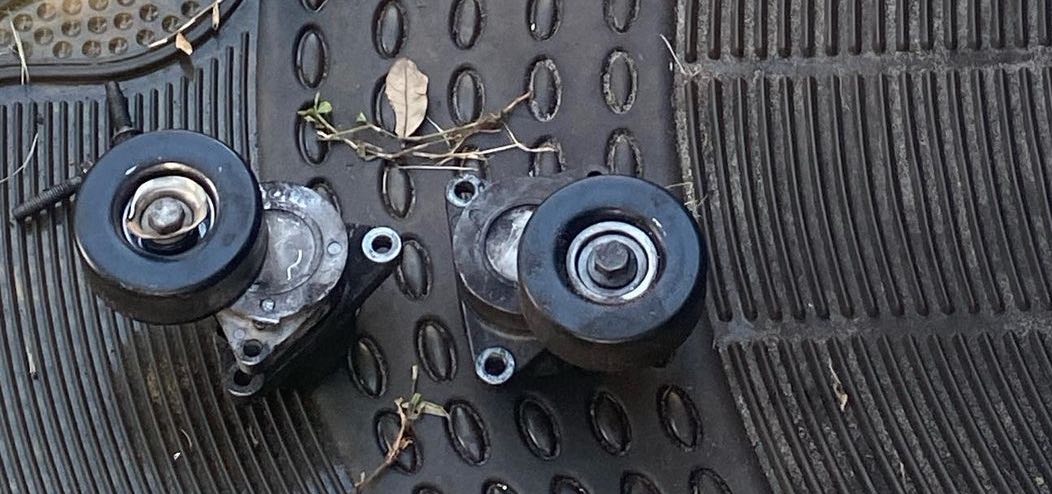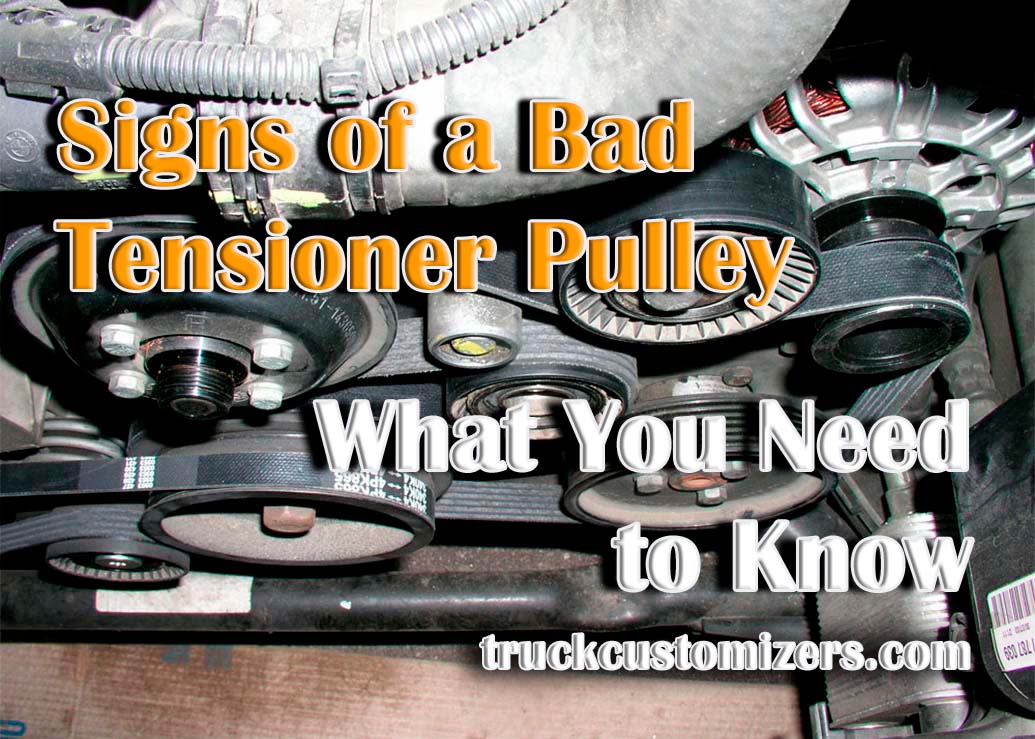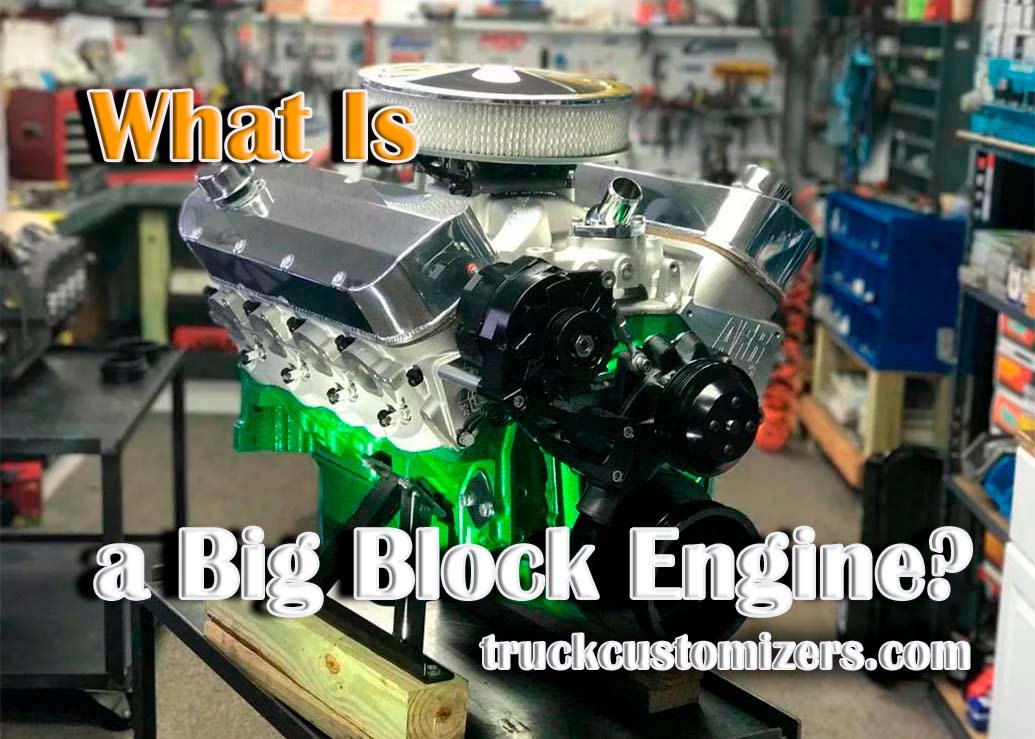If you ever noticed that your engine isn’t running as smoothly as it usually does, there’s a chance that the culprit is a faulty tensioner pulley. This small but significant component plays an important role in keeping your engine functioning properly by maintaining the right amount of tension on crucial belts such as the alternator belt. It’s crucial to be aware of the common issues associated with tensioner pulleys in order to ensure the longevity and well-being of your engine. Failing to address these issues now could lead to costly repairs in the future.
Understanding Idler and Tensioner Pulley Differences
Idler and tensioner pulleys are both parts of a belt-driven system that help to control the tension in a belt. Although both are utilized to keep tension, there are particular distinctions between them. The idler pulley is typically a grooved wheel that is situated along the length of the belt and helps to guide it around other components. It does not apply additional tension or require any tuning or adjustment as it simply redirects the motion of the belt. The tensioner pulley, on the other hand, has an adjustable arm with a bearing attached that can be used to tighten or loosen the amount of force applied to the belt. This allows for precise control over how much tension is on each part of the system and helps ensure consistent performance from all components involved.
|
Idler Pulley |
Tensioner Pulley |
|
|
Purpose |
To guide the belt and reduce vibration, noise, and wear | To maintain a specific tension on the belt to ensure proper operation |
|
Design |
Composed of a simple wheel with a surface for the belt to ride on | Designed as an assembly that includes bearings and other components |
|
Type of Drive |
Generally powered by another pulley in the system via friction |
Powered by springs, hydraulic pistons or mechanisms that adjust tension automatically when needed. |
| Maintenance | Require regular lubrication with grease or oil, as they typically have bearings that can wear out over time. |
Require periodic inspection and adjustment of tension levels in order to maintain proper operation |
Signs of a Bad Tensioner Pulley

When a tensioner pulley starts to fail, it is usually due to wear and tear caused by regular use. If the pulley isn’t replaced on time, it can cause damage to other parts of the system such as the belt or alternator. The following are a few common signs that indicate you may need to replace your tensioner pulley:
- Squealing or grinding noises coming from the engine bay when the engine is running.
- Abnormal vibration coming from the engine.
- Alternator belt slipping off pulleys at random intervals or loose slack in belt even when the tensioner is adjusted properly.
- Belt fraying due to lack of sufficient force applied by the tensioner pulley, resulting in premature failure of belts and other pulleys involved in the system.
- Loss of power and decreased fuel efficiency due to lack of adequate tension on the belts connected to essential components such as alternators and water pumps.
Costs and Considerations for Tensioner Pulley Replacement
The cost of replacing a tensioner pulley depends on the car make and model, as well as the labor cost at the shop. Generally, the parts alone can range anywhere from $20 to $100. The price tag for labor on your car may range from around $50 to $150, depending on its make and model. In addition to this cost, you may be required to pay extra for shop supplies and taxes. When considering whether to replace a tensioner pulley, it is important to consider both short-term and long-term costs. By replacing a broken or worn-out part, you may be able to save money in the long run by avoiding expensive repairs caused by further damage down the line. Additionally, replacing an old part may improve your vehicle’s performance and fuel efficiency while also extending its lifespan. Read here about Removing a Crankshaft Pulley.
How to Replace a Tensioner Pulley

Replacing a tensioner pulley is relatively easy and can be done at home with basic tools. Before beginning, it is important to check your automobile’s manual for guidance that is tailored to the type and model of your vehicle. The following are general guidelines for replacing a tensioner pulley:
- Disconnect the negative battery cable from the battery to prevent electrical shock while you’re working on the vehicle.
- Remove the alternator belt from the tensioner pulley by loosening the nut on its backside and pulling it off using pliers or your hands if necessary.
- Unscrew the mounting bolts that secure the tensioner pulley in place using a socket wrench and remove it from its mount, then discard it properly.
- Install a new tensioner pulley onto its mount with new mounting bolts provided in the replacement kit and tighten them securely with a socket wrench or ratchet tool.
- Reinstall the alternator belt onto the new tensioner pulley by feeding it through any grooves along its path and pull tight to ensure proper fitment before securing it with a nut on the backside of a pulley, again tightening as much as possible with pliers or hands if necessary.
- Reconnect the negative battery cable and turn on the engine to test the new tensioner pulley and ensure all components are working properly.
Conclusion
Tensioner pulleys are an important component of a vehicle’s belt-driven system, so it’s important to be aware of the signs of a bad tensioner pulley and how to replace it. The cost for replacement parts and labor may vary depending on the make and model of your vehicle, but replacing a worn or broken part can help you save money in the long run by avoiding more costly repairs down the line. With basic tools at home, replacing a tensioner pulley is relatively easy and can help improve your car’s performance and fuel efficiency as well as extend its lifespan.



